

Your car's engine is a delicate mechanism that relies heavily on the smooth flow of oil for its longevity. One of the key components ensuring this is the oil pump, which plays a crucial role in circulating oil throughout the engine. In this article, we will discuss the typical lifespan of an oil pump and how to identify when it might be time for a replacement.
Lifespan of an Oil Pump:
On average, a well-maintained oil pump can last anywhere from 50,000 to 100,000 miles or more. However, factors such as the type of vehicle, driving conditions, and quality of oil can significantly impact its durability. Some pumps may last longer with regular oil changes and minimal stress on the engine, while others in high-performance or severe driving environments may need attention sooner.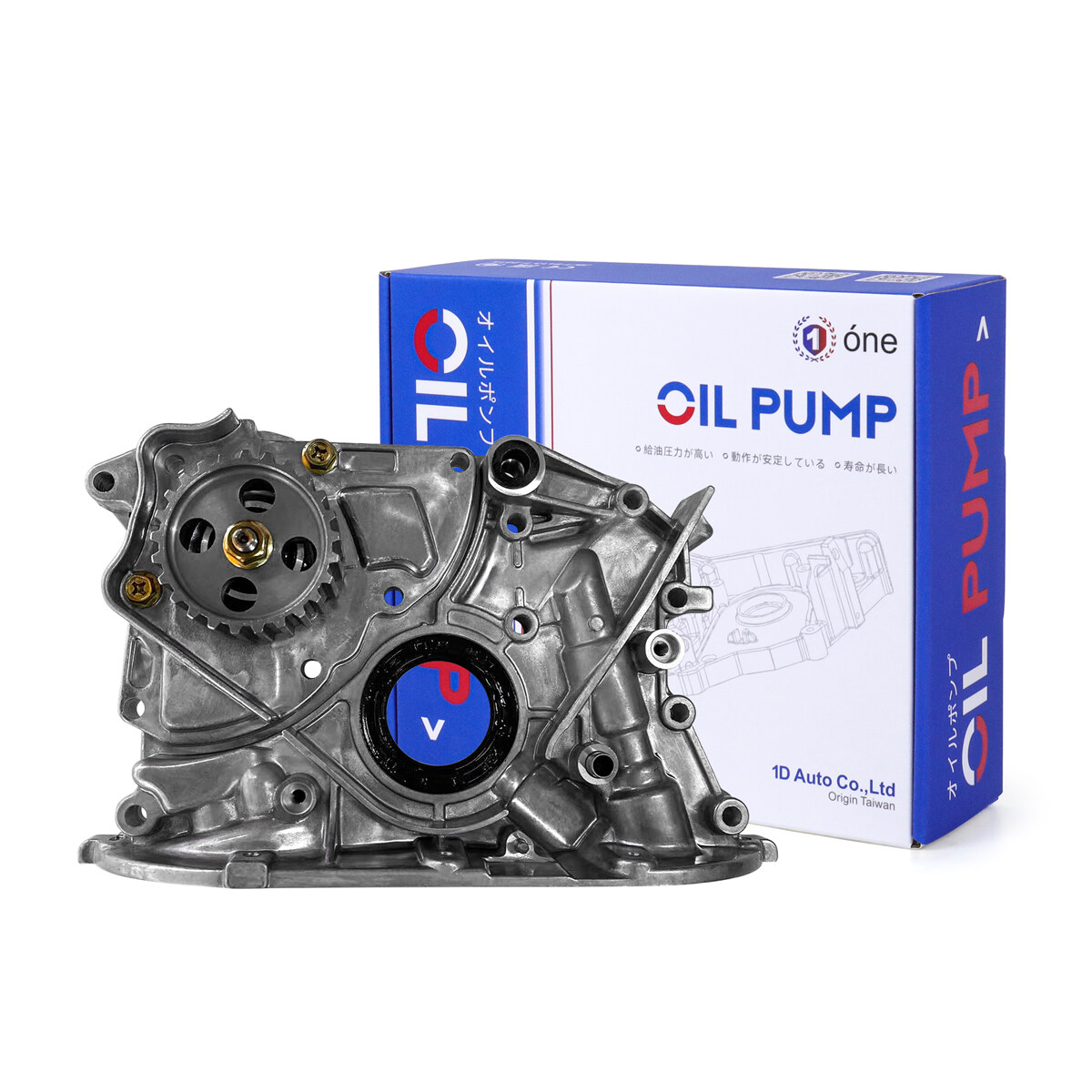
Determining When to Replace:
1. Low Oil Pressure: A steady decrease in oil pressure gauge could mean your oil pump is failing to circulate oil effectively. This can lead to overheating and engine damage.
2. Engine Noise: Unusual whining or grinding noises coming from the engine area could be a sign of a worn-out oil pump.
3. Oil Leaks: If you notice oil spots under your car, it could be a sign that the oil pump seal has failed, leading to leaks.
4. Check Engine Light: A persistent check engine light, accompanied by the above symptoms, might indicate a problem with the oil pump.
5. Difficulty Starting: A weak or slow start-up could be linked to inadequate oil flow due to a faulty oil pump.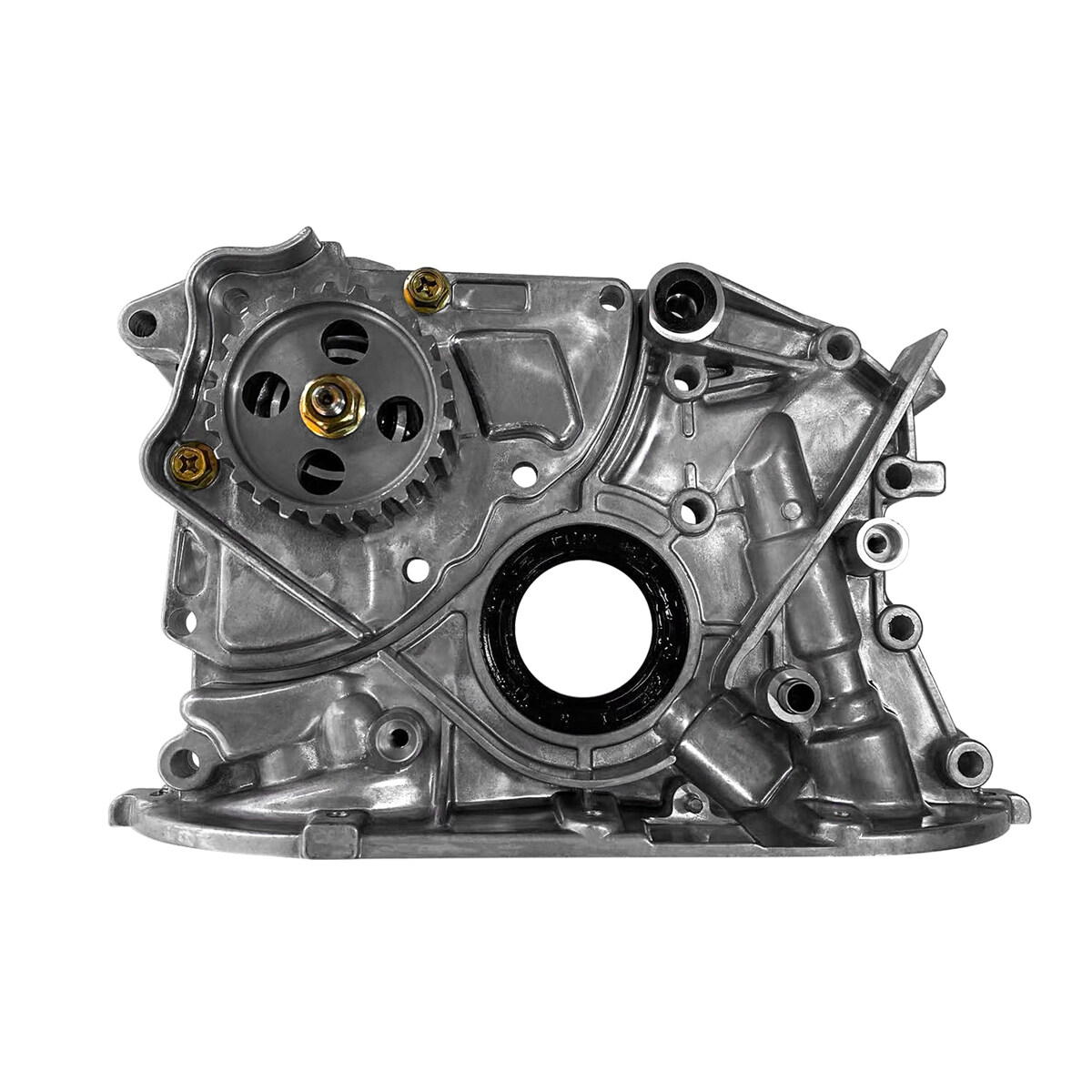
Fuel Pump Replacement Method
1. Safety First: Before starting any work, make sure the vehicle is cool and unplug the negative battery terminal to prevent electric shock.
2. Disconnect: Find the connector for the fuel pump, usually located at the bottom or side of the fuel tank. Use a special tool (such as a fuel pump puller) to disconnect the fuel line and power line.
3. Remove the old fuel pump: Remove the bolts that secure the fuel pump and carefully remove the fuel pump. You may need to remove the tank cap or other parts for full access.
4. Clean: Clear dust and debris around the old fuel pump and check for signs of damage or leaks.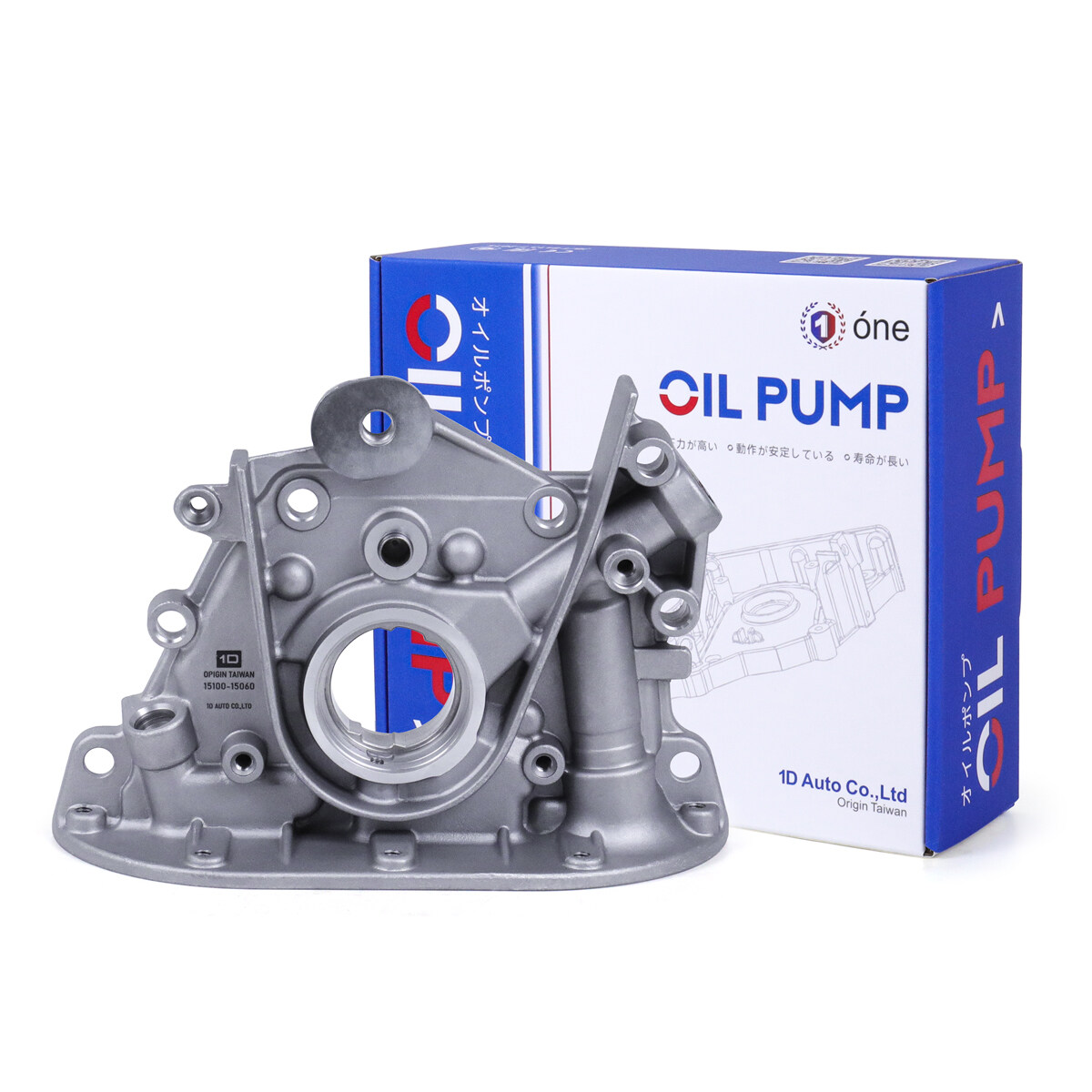
5. Check parts: Check whether the new fuel pump matches the old one, including size, voltage level, etc. Make sure all accessories are complete.
6. Install the new fuel pump: Reinstall the new fuel pump in reverse order. Make sure all connections are tight, especially the fuel line and power line.
7. Test: Reconnect the battery, start the engine, and check whether the fuel pump is working properly without unusual noises or leaks.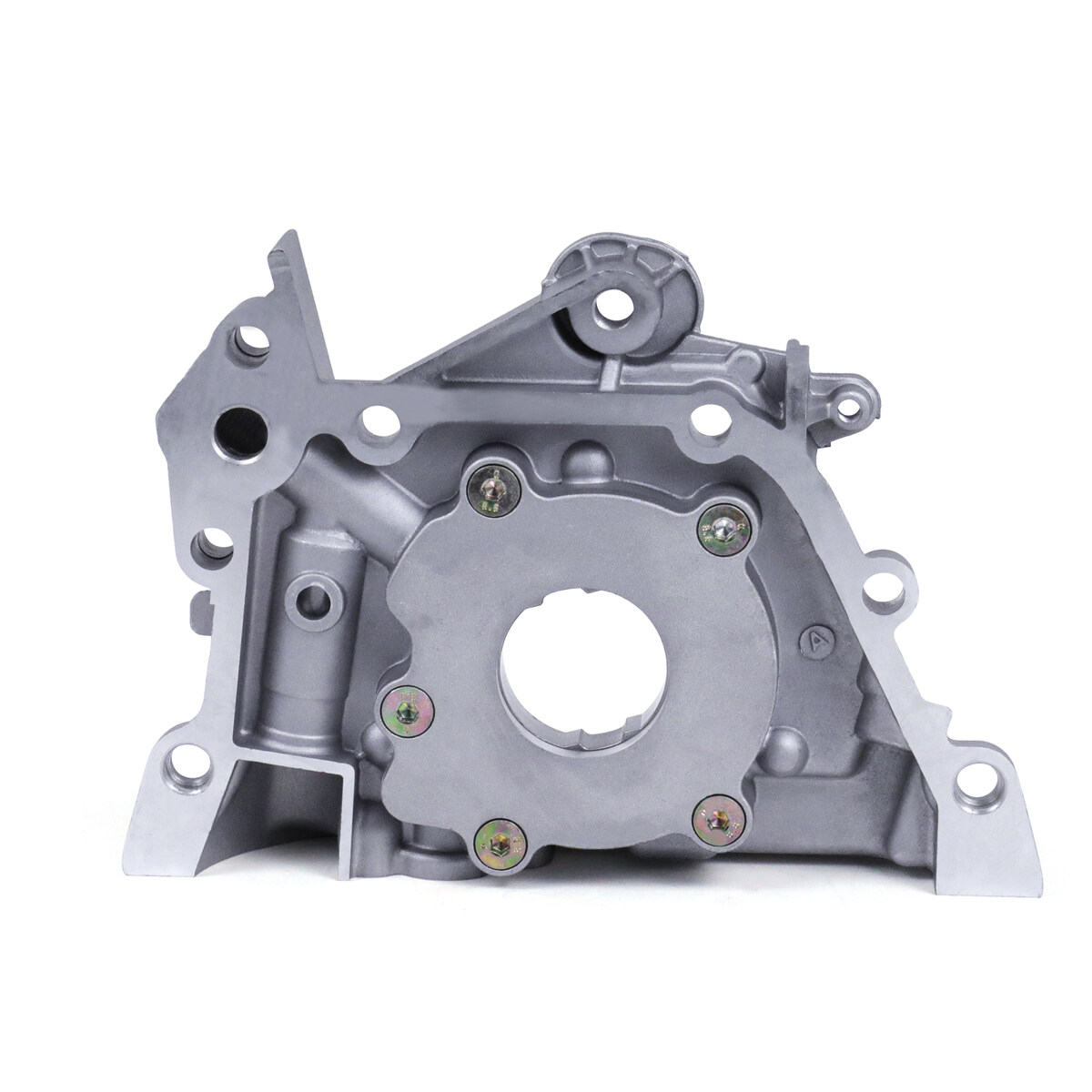
8. Refueling: If everything is OK, add new fuel and check the fuel level indicator.
9. Cleaning and sealing: Clean the refueling port and make sure the fuel tank cap is well sealed to prevent fuel leakage.
10. Final check: Start the vehicle again and confirm that the fuel pump is working properly and there is no abnormality.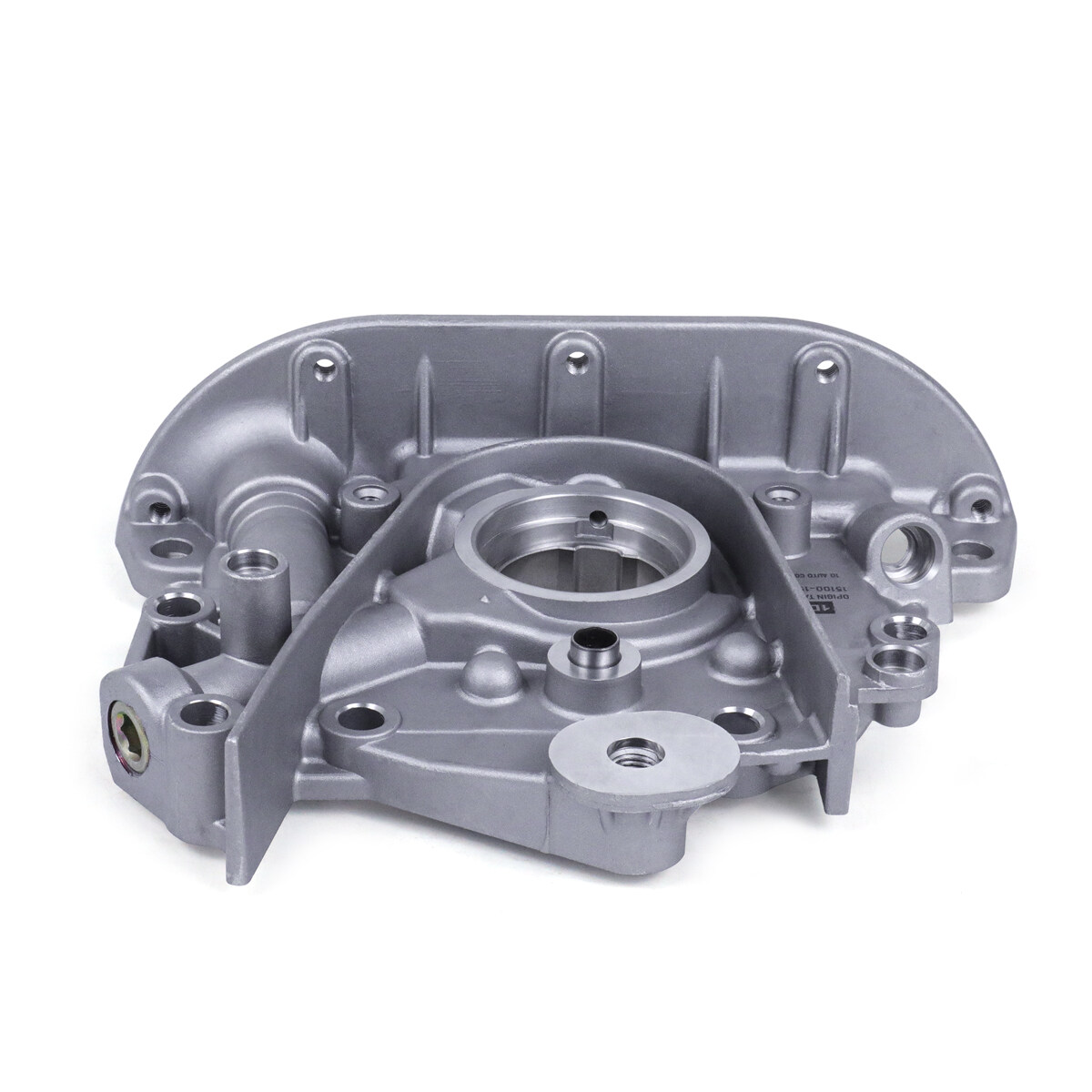
During the whole process, if you are unsure or unfamiliar with the operation, it is strongly recommended to seek help from professional technicians to avoid potential risks and damage.
Finally, if you want to get a brand new fuel pump, welcome to contact us!
Whatsapp: +86 18144837660
Web:www.1dauto.com.
Email:onedauto@qq.com
Email cannot be empty
Password cannot be empty
Email format error
Email cannot be empty
Email already exists
6-20 characters(letters plus numbers only)
The password is inconsistent
Email format error
Email cannot be empty
Email does not exist
6-20 characters(letters plus numbers only)
The password is inconsistent